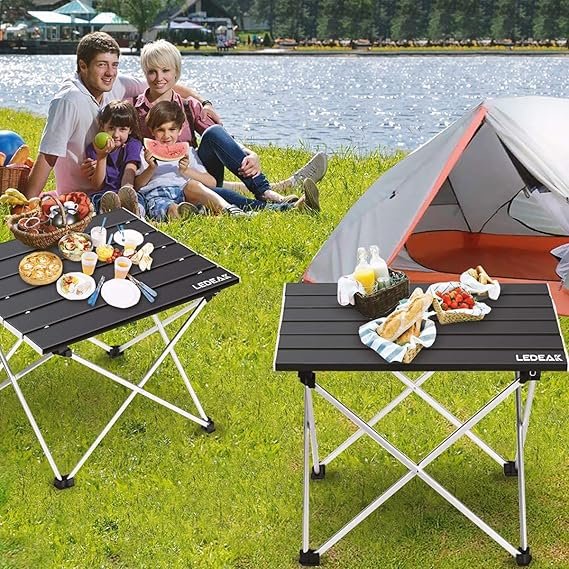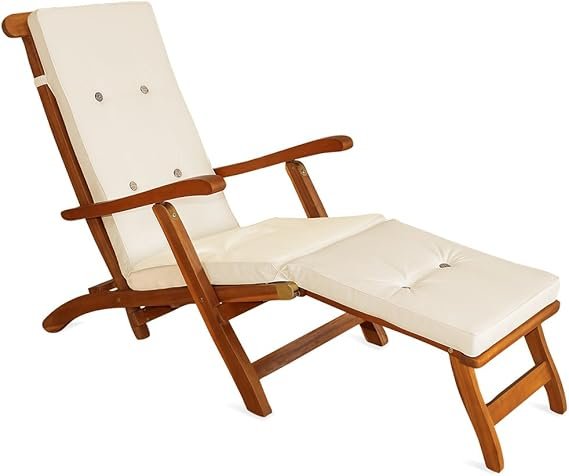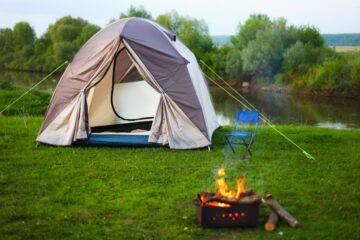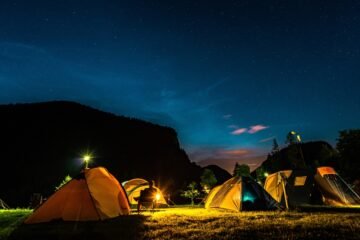Acampada Papagayo: The Spirit of Freedom on Lanzarote’s Untamed Coast
Hidden within the volcanic landscape of Lanzarote, in the Canary Islands, is a secret known mostly to locals and intrepid travelers: Acampada Papagayo. This isn’t your typical resort vacation with sun loungers and buffet breakfasts. Instead, it’s a raw, authentic, and free-spirited experience where people come together to camp near the pristine Papagayo Beaches—a string of wild, golden-sand coves flanked by dramatic cliffs and turquoise waters.
In this blog, we’ll explore the origins, culture, practicalities, and controversies surrounding Acampada Papagayo—a grassroots gathering that captures the essence of freedom, nature, and community.
What is Acampada Papagayo?
The term «Acampada Papagayo» refers to an informal camping phenomenon that takes place every summer around Playa de Papagayo, located in the protected natural area of Monumento Natural de Los Ajaches in southern Lanzarote.
For decades, people—mostly locals but increasingly tourists in the know—have been parking their campervans, caravans, and tents in the barren terrain above the beach. These self-made camps create a temporary community that lives in close contact with nature, often for weeks or even months at a time. It’s a mix of vanlifers, surfers, nature lovers, artists, and off-grid souls.
Unlike regulated campgrounds, there’s no official infrastructure here. No electric hook-ups, no running water, and often very limited mobile signal. What you do get, however, is a front-row seat to some of the most breathtaking sunsets over the Atlantic, total immersion in nature, and a deep sense of camaraderie.
A Legacy of Counterculture
The roots of Acampada Papagayo trace back to the countercultural movements of the 1970s and 80s, when alternative travelers began to seek out Lanzarote’s unspoiled beauty as an escape from consumerism and modern pressures. The Papagayo area, with its isolation and raw landscape, became a magnet for those wanting to live simply, even if just temporarily.
Over time, the acampada became an annual tradition, passed down through generations. Families would return every summer, bringing their children and stories with them. Over the years, this event has developed a unique ethos—one that celebrates simplicity, freedom, and a kind of rebellion against the overly commercialized holiday model.
The Setting: Papagayo Beaches
Papagayo isn’t just one beach—it’s a collection of seven small coves, including Playa Mujeres, Playa del Pozo, and the namesake Playa de Papagayo. Protected as a natural monument, this coastal area is celebrated for its clear, calm waters ideal for swimming, snorkeling, and kayaking.
The beaches are only accessible by a rough dirt road or by hiking, adding to the sense of adventure. Towering cliffs offer shelter and a sense of seclusion, making these coves feel like private paradises.
It’s here, just beyond the cliffs, that Acampada Papagayo comes to life each summer.
Life at the Camp
A typical day at the acampada is slow, intentional, and connected to nature. Mornings begin with a swim or meditation, perhaps followed by a communal breakfast cooked on a gas stove. Many campers bring solar panels for minimal electricity. Others use ingenious methods to shower or store food.
Afternoons are for lounging in hammocks, reading, exploring the coastline, or practicing yoga. There’s an unspoken culture of sharing—tools, food, music, and stories. At night, you’ll often find impromptu gatherings with guitars, bonfires, and sky-gazing under a canopy of stars.
There are no loud parties or heavy drinking—it’s more about peace, self-sufficiency, and connection.
Environmental and Legal Controversy
Despite the idyllic picture, Acampada Papagayo exists in a gray zone. The area is technically a protected natural space, and camping is not officially permitted. Authorities have occasionally intervened, especially during times of environmental concern or pressure from tourism stakeholders.
Critics argue that the acampada damages fragile ecosystems, generates unregulated waste, and contradicts conservation goals. In 2019, and again in 2021, there were significant pushes by local government to dismantle unauthorized camps and fine participants.
Supporters, however, claim that the community respects the land more than mainstream tourists, practicing a «leave no trace» ethos and actively cleaning the beaches. Many advocate for regulated, eco-conscious camping rather than outright bans.
The issue continues to stir debate about how to balance access to nature with environmental stewardship.
5 Imprescindibles para Acampar en Papagayo
1. Camping chair with cooler
2. Ledeak Ultralight Camping Table with Aluminium Surface and Carry Bag, Small Folding Table for Picnic, Beach, Hiking, Fishing, Outdoors (Black, Small)
3. Detex® Cushion for Lounger Cream Cushion for Garden Chair Linen Look Water-Repellent 184 x 43 x 5 cm
4. Keter Ice Cube Table Fridge for Terrace or Garden Outdoor, Resin with Flat Rattan Finish, 42 x 42 x 41 cm, Graphite Colour
5. TREKOLOGY Yizi Go Ultra Lightweight Folding Chair – Beach Chairs – High Resistant Backrest Support, Portable & Reinforced Outdoor Lounger Stool – for Outdoor, Camping, Picnics, Fishing
Tips for Participating (Responsibly)
If you’re interested in experiencing Acampada Papagayo, it’s essential to do so respectfully and sustainably:
- Leave No Trace: Pack out everything you bring in, especially trash and waste. Bring your own eco-friendly toilet solution if staying long.
- Stay Discreet: Keep your setup low-profile. Don’t build permanent structures or spread too wide.
- Use Solar Power: Avoid noisy generators; solar panels are ideal for charging phones or small devices.
- Water Consciousness: Bring large water containers and ration carefully. There are no taps nearby.
- Be Respectful: Treat other campers and the land with kindness. Avoid loud music or disruptive behavior.
- Be Aware of Legal Risks: You camp here at your own risk. Authorities can enforce rules at any time.
Alternatives and the Future
As awareness of Acampada Papagayo grows, so does pressure from both sides—authorities wanting to preserve the area, and travelers longing for unstructured, authentic experiences. A possible middle path could be the creation of regulated eco-camping zones, combining environmental controls with the free-spirited culture of the acampada.
If you’re not ready to rough it, consider visiting Papagayo by day and staying at nearby eco-resorts or rural guesthouses in Yaiza or Playa Blanca. You can still soak in the landscape and vibe without committing to off-grid living.
Publicaciones relacionadas: Mochila de Acampada Decathlon
Final Thoughts: More Than Just Camping
Acampada Papagayo is more than just camping by the beach—it’s a philosophy of life, a celebration of nature, and a quiet protest against a world that’s often too fast, too structured, and too artificial.
It may not be for everyone. It lacks amenities, comfort, and predictability. But for those who embrace it, it offers a deep, soul-nourishing experience that no hotel or resort can replicate.
If you’re seeking connection—both to the earth and to like-minded people—this summer, perhaps you’ll find your way to the cliffs above Papagayo, and become part of this living legend.
Publicaciones relacionadas: ¿Qué se necesita para ir de acampada?
Publicaciones relacionadas: ¿Dónde está permitida la acampada libre?








0 comentarios